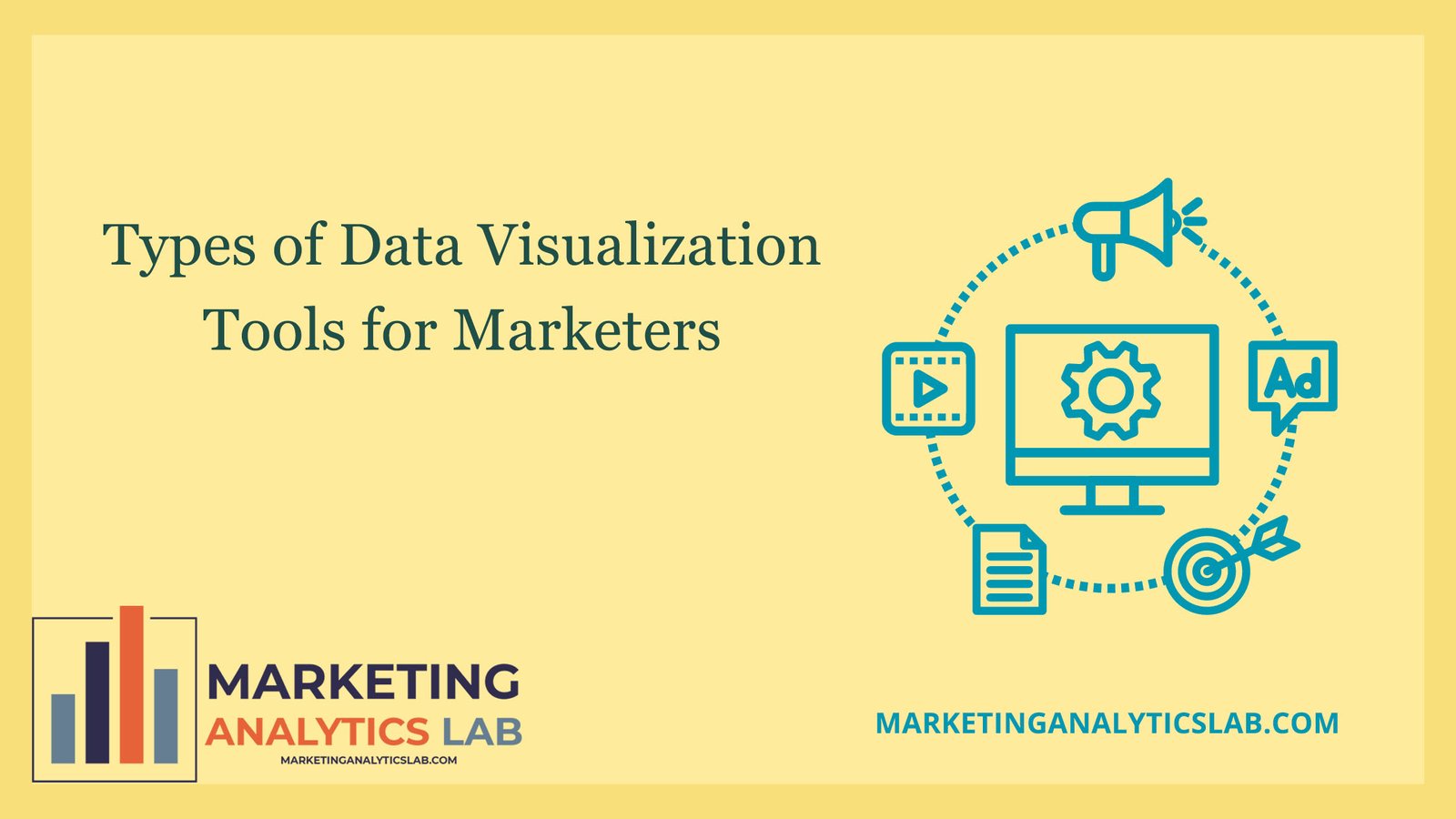Enhancing Marketing Strategies with Data Visualization
Data visualization plays a crucial role in enhancing marketing strategies by providing marketers with a clear and concise way to interpret complex data sets. By visually representing data through charts, graphs, and other visual elements, marketers can easily identify trends, patterns, and insights that may not be immediately apparent when looking at raw data. This enables them to make more informed decisions about their marketing campaigns, target audiences, and overall business strategy. In today’s fast-paced business environment, having the ability to quickly and effectively analyze data is essential for staying ahead of the competition.
One of the key benefits of data visualization in marketing is the ability to communicate insights and findings to key stakeholders in a compelling and easily digestible way. By presenting data visually, marketers can effectively convey their message and persuade others to take action based on the insights derived from the data. This can be particularly useful when presenting marketing plans to senior management, clients, or other decision-makers who may not have a deep understanding of the underlying data. By using data visualization techniques, marketers can make a stronger case for their recommendations and drive more impactful results.
Furthermore, data visualization can help marketers identify areas of opportunity and improvement in their marketing efforts. By visually representing key performance indicators (KPIs) such as website traffic, conversion rates, and customer engagement metrics, marketers can quickly identify underperforming areas and make data-driven decisions to optimize their marketing campaigns. This can lead to increased ROI, better targeting of marketing efforts, and a more efficient allocation of resources. Ultimately, data visualization empowers marketers to make smarter decisions and drive more successful marketing outcomes.
Maximizing Marketing Performance through Data Visualization Techniques
Data visualization techniques can help marketers maximize their marketing performance by providing them with a deeper understanding of their target audience, customer behavior, and market trends. By visualizing consumer data such as demographics, preferences, and online behavior, marketers can tailor their marketing campaigns to better resonate with their target audience and drive higher engagement and conversions. This level of insight allows marketers to create more personalized and targeted marketing strategies that are more likely to be successful.
Another way data visualization techniques can maximize marketing performance is by enabling marketers to track and analyze the effectiveness of their marketing campaigns in real-time. By visualizing key performance metrics such as click-through rates, conversion rates, and social media engagement, marketers can quickly assess the impact of their marketing efforts and make adjustments as needed to improve performance. This real-time feedback loop allows marketers to iterate on their strategies more quickly and adapt to changing market conditions, ultimately leading to more successful marketing campaigns.
In addition, data visualization can help marketers identify emerging trends and opportunities in the market that they may not have otherwise noticed. By visualizing large volumes of data from various sources, marketers can uncover patterns and insights that can inform their marketing strategy and give them a competitive edge. This proactive approach to data analysis can help marketers stay ahead of the curve and capitalize on new opportunities before their competitors, leading to increased market share and revenue growth. Overall, data visualization techniques are essential for maximizing marketing performance and driving long-term success in today’s competitive business landscape.

